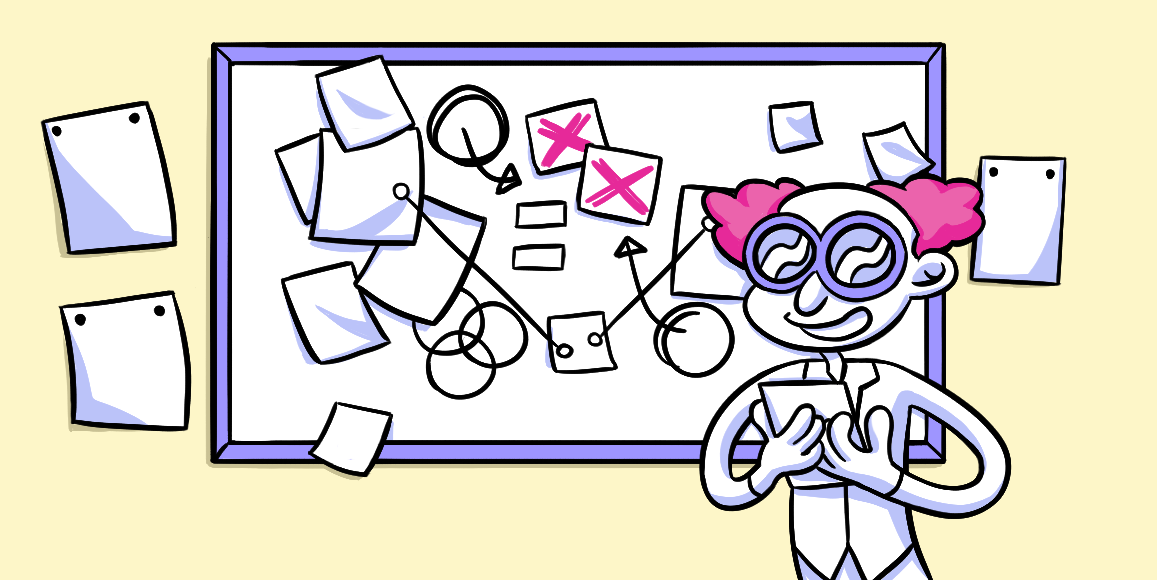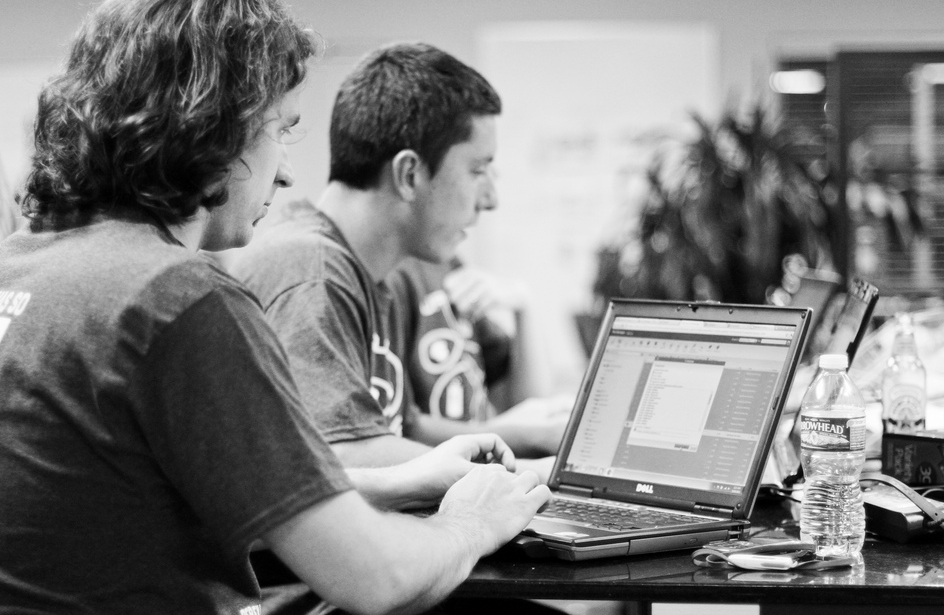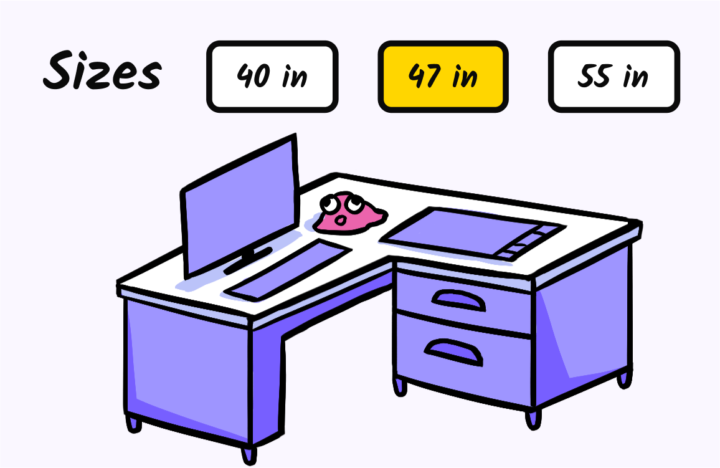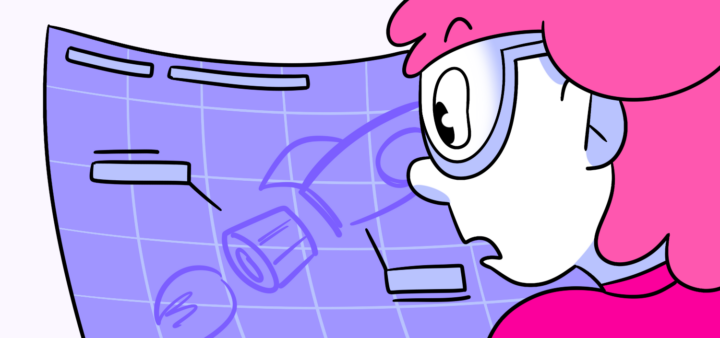User Experience
The responsibility of everyone on the team, not just one designer or group of designers.
The nuts and bolts: A user’s interaction and experience with a product, system, or service is referred to as the user experience. It encompasses a person’s views on usefulness, usability, and efficiency.
User experience is one of those words that gets thrown around a lot. Can’t go anywhere without hearing it. Everyone and his mother wants to design a great user experience when it comes to apps or sites. The term has come to be the buzzword for usability.
Or as a couple of researchers have defined it:
“… user experience therefore incorporates not only the traditional qualities like reliability, functionality, or usability, but also a novel and hard-to-grasp concepts from visual or industrial design, psychology or marketing research, e.g attractiveness, stimulation, fun, “coolness”, “sexiness” or the successful delivery of a brand proposition.”
Whew, that’s certainly a lot to cover. But is that something that actually can be done by one person or group of designers? Or is it a much broader subject in which usability is but one part?
To say you’re a user experience (UX) designer is to say that you’re responsible for designing the feelings of your users. Sure we can persuade users. But we can’t control their emotions. We certainly can’t design them. That’s a toughie. And if that’s what you’re trying to do, good luck. As designers, we’re not trying to create experiences. We’re allowing them to unfold with sound design decisions. And there are problems with trying to form a career path based solely on the end result of successful design work.
Product Design, Not User Experience Design
While the term came into being in the mid-1990s, we can trace the concept back to World War II, believe it or not. Although, back then, it was called the Human Factors field. As more and more people used computers in the workplace in the 90s, there was a huge push for user-centered design. Don Norman, author of “The Design of Everything,” was the first to coin the phrase. Here, he explains how he came up with the term:
“I invented the term because I thought Human Interface and usability were too narrow: I wanted to cover all aspects of the person’s experience with a system, including industrial design, graphics, the interface, the physical interaction and the manual. Since then, the term has spread widely, so much so that it is starting to lose its meaning.”
Seems the term creeped into web design as a means to cover nearly all aspects of product design. In other words, it became inclusive and broad. The job of engineers, designers and a host of those involved with product design all wrapped into one little neat package.
More than that it covers a lot of topics: graphic design, psychology, communication design, user research, sociology, usability and much, much more. To say you are an “expert in user experience design” is to say that you are an expert in most of those fields. And that’s why it’s so tough to figure out what part of the practice a UX designer actually belongs to.
Think about it for a sec. When people are talking about user experience, most of the time they’re really trying to talk about design management and good product design. Both of which have been around long before the term “user experience” was even dreamt up. And good product design, all those things that make a great product, isn’t just the sole responsibility of one person. It’s the responsibility of the entire team. The real effort is getting everyone on the team designing for the user in mind, designing for people.
Can We Drop UX Design Now?
We’ve been pretty steadfast in our belief that user experience design isn’t a discipline at all. A group of people even blasted us for suggesting the term doesn’t exist. But the conversation seems to be coming back around to what successful product design companies have been doing for decades. Let’s break it down:
- Prototyping and building things — not documenting or “strategizing”
- Rapid iteration — working through the problems with tangible products
- Building strong teaching cultures — successful products requires design literacy
- Project inspired, not project managed — great products happen in-spite of project managers or program managers
- Loose contracts or specs — design thinking design thinking requires flexibility
Even Peter Merholz has given us validation and he’s been using the term for years. As our own Chief Instigator has written:
The discipline of design is complex and a bit vague — but it’s that openness that allows great product teams to make amazing things happen for people. It’s both a noun and a verb, and can’t be looked at as simply a result or process. Product design does require creating tangible results, though, and those people who can influence the final result with good old fashioned elbow grease will get an upper hand in shaping the vision of a product.
In so many words, user experience design just doesn’t exist.
So, can we just drop the term already?













